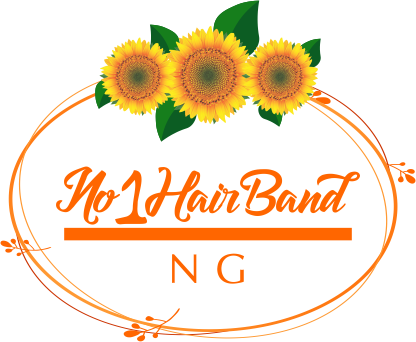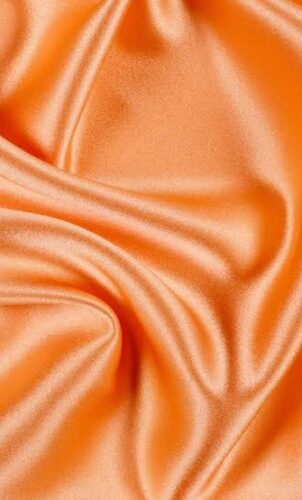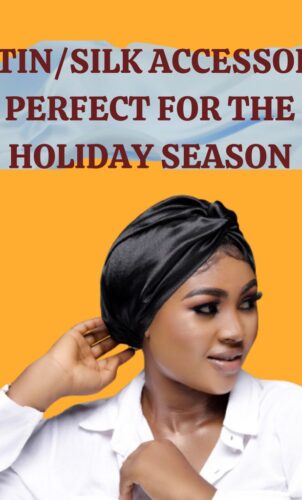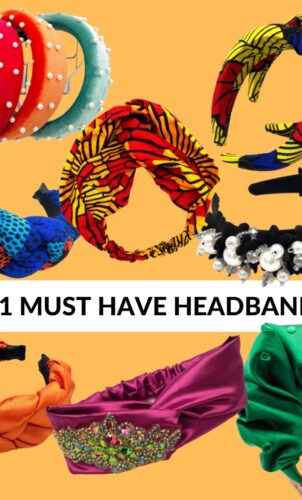We’ve all stood in the haircare aisle, bombarded by glossy promises—”Silky smooth!” “Damage repair!” “Voluminous bounce!“—but beyond the marketing razzle-dazzle, what’s really in your hair products? Every day, we slather, spritz, and soak our strands in a cocktail of shampoos, conditioners, and serums, trusting these formulations to nurture our locks. But are they truly allies in your quest for healthy hair, or could they be stealthily undermining your hair’s vitality?
From sulfates that strip natural oils to silicones that create a faux shine, ingredient labels hide as much as they reveal. This deep dive uncovers the truth behind your haircare staples, separating trichological heroes from covert culprits. Whether you’re a curly girl, a bleach devotee, or a minimalist seeking cleaner options, understanding what’s in your products is the first step to smarter, safer hair care.
Understanding 10 Common Ingredients and What They’re Doing to Your Hair
1. Shea Butter
Function: Moisturizes and seals in hydration
Best For: Dry, curly, and coily hair
Shea butter is the holy grail for thirsty hair. Derived from the nuts of the shea tree, this rich emollient wraps strands in a cocoon of moisture and locks it in. Unlike synthetic silicones, it softens without suffocating. It’s particularly beloved by those with curls and coils, as it combats dryness and brittleness at the root (literally).

2. Coconut Oil
Function: Deep conditions, reduces protein loss
Best For: Low porosity, protein-sensitive hair
Coconut oil is more than just a pantry staple—it’s a strand saver. Its unique fatty acid profile allows it to penetrate the hair shaft, reducing protein loss and strengthening hair from within. For low porosity hair (which repels moisture), coconut oil is a powerhouse—just don’t overdo it, as it can build up quickly.
3. Cetyl Alcohol
Function: Softens, smoothens, improves texture
Best For: All hair types
Despite the word “alcohol,” cetyl alcohol isn’t the drying villain you think it is. It’s a fatty alcohol—the kind that moisturizes rather than dehydrates. It makes your conditioner creamy, detangles with ease, and leaves your hair feeling like silk. Think of it as the quiet hero of many moisturizing products.
4. Castor Oil
Function: Stimulates growth, especially edges
Best For: Thinning hair, weak edges
Thick and sticky, castor oil is rich in ricinoleic acid, a rare fatty acid known to improve circulation to the scalp. This makes it a go-to for anyone trying to revive sparse hairlines or edges. It seals moisture exceptionally well and adds noticeable thickness to strands with regular use.

5. Argan Oil
Function: Adds shine, reduces frizz
Best For: Frizzy, damaged, or color-treated hair
Nicknamed “liquid gold,” argan oil is extracted from Moroccan argan nuts and loaded with Vitamin E and antioxidants. It smooths the cuticle, protects against UV damage, and leaves a luminous sheen without the grease. Great for taming frizz and protecting heat-styled hair.
6. Sulfates (Sodium Lauryl/Laureth Sulfate)
Function: Cleansing agent
Best For: Clarifying once in a while—but avoid for regular use
Sulfates are detergents used in many shampoos to create that satisfying lather. Problem is, they’re too good at their job. They strip your scalp of natural oils, leaving it dry, irritated, and vulnerable. For natural, curly, or color-treated hair, sulfate-free is not just a trend—it’s a necessity.
7. Aloe Vera
Function: Hydrates, soothes, detangles
Best For: Dry scalp, itchy or flaky scalp, tangled hair
Aloe vera isn’t just for sunburn. It’s a hydrating botanical that delivers intense moisture to both scalp and hair. Rich in enzymes and amino acids, it soothes itchiness, fights dandruff, and helps melt away tangles. It’s a gentle, pH-balancing ingredient that every texture can benefit from.

8. Jojoba Oil
Function: Seals moisture, strengthens strands
Best For: All hair types, especially dry or brittle hair
Jojoba oil closely mimics our scalp’s natural sebum, making it ideal for restoring balance. It’s lightweight, non-greasy, and effective at sealing in hydration without clogging pores. Bonus: it’s rich in vitamins B and E, which fortify and add sheen to fragile strands.
9. Glycerin
Function: Attracts and retains moisture
Best For: High porosity hair, especially in dry/cool climates
Glycerin is a humectant—a substance that pulls moisture from the air into your hair. It’s excellent in dry weather when you want to keep your hair supple and soft. For high porosity hair that loses moisture quickly, glycerin helps act like a sponge, holding onto hydration longer.
10. Water
Function: Base ingredient, hydrates
Best For: All hair types
Often overlooked, water is the ultimate moisturizer. It’s the first ingredient in most hair products for a reason—it acts as a delivery system for all other nutrients. Without water, your products won’t penetrate the hair shaft. Dry, curly, and coily textures especially thrive when water is a core part of their routine.
Why This Matters: Ingredients Don’t Lie
Knowing your ingredients means knowing your hair. It helps you move from impulse buying to intentional hair care. You begin to recognize what your strands actually need—whether that’s more protein, less oil, or a total break from harsh surfactants.
But remember: there’s no one-size-fits-all formula. What works for high porosity curls might backfire on low porosity waves. Your hair texture, porosity, and lifestyle all shape what ingredients will serve you best.
So next time you grab that new leave-in or oil blend, flip the bottle. Read past the pretty branding. Your hair deserves ingredients that don’t just look good on a label—but actually work hard for your crown.




